-
Posts
53,373 -
Joined
-
Last visited
-
Days Won
631
Content Type
Profiles
Forums
Events
Posts posted by Subdeacon Joe
-
-
Direction of either is totally dependent on how it's easiest to tear off. Position of the holder matters.
-
 2
2
-
-
3 minutes ago, Rip Snorter said:
Brit Manual? Don't think there was much U.S. Bren use. I almost never watch Youtubes, apologies if the answer is there.
Yep. The video goes into US, British, and German doctrine.
-
 3
3
-
-
44 minutes ago, Trailrider #896 said:
Some of the propellant fumes must have affected me, because I spent the next thirty-plus years in the aerospace field, and still follow developments daily!
 If I were sixty years younger, I'd be down in Texas, knocking on SpaceX's door to work on either the Raptor 3 engines or figuring out
If I were sixty years younger, I'd be down in Texas, knocking on SpaceX's door to work on either the Raptor 3 engines or figuring out

-
 1
1
-
-
1 hour ago, Rip Snorter said:
who remembers Jetex?
https://archivesite.jetex.org/motors/motors-50r.html
Fun times! We bought more fuse to use for our homemade fireworks than for the motors.
1 hour ago, Rip Snorter said:All the fun we had, no one in our group hurt, today all forbidden!
Yep. It's rather surprising how few injuries there were what with all the self-taught propulsion and pyrotechnics, uh, technicians were plying their trades. But then, that was an era when we didn't know much, but we understood a lot.
-
 2
2
-
-
5 hours ago, Dubious Don #56333 said:
Yup. Toggle link. Pretty straightforward. I Like the down lock. That sucker isn't folding up under load! LOL
Tighter than a fleas arse.
-
 1
1
-
-
-
17 minutes ago, Dawg Hair, SASS #29557 said:
The "what if's" are always overcome by "what did's"
It's also a way of showing how something has unexpected consequences.
Of course, you can also argue that eventually something like it would have happened because of the fecklessness and obliviousness of the Russian Tzar and nobility.-
 2
2
-
-
-
-
Which led to WWII and the Cold War.
ADDED:
You could make a pretty good case that if not for WWI the Great October Socialist Revolution could not have been successful, and the Soviet Union would not have existed.
-
 5
5
-
-
14 minutes ago, Sgt. C.J. Sabre, SASS #46770 said:
I had a few in my teens. I never got the actual "Launch Pad" with all the gear though. I just stuck the rod into the dirt, stuffed a 3" piece of cannon fuse into the motor, lit it with an old Zippo I found somewhere, and RAN!
My first "launch pad" was a lead divers weight with a 1/8" hole in it to hold a 36" welding filler rod. Later one of my brothers made one for me. A piece of 4" channel iron with a piece of 1 1/2" angle iron bolted to it, and a wire lug bolted to that. So it could swivel for azumith and elevation. Electrical ignition system was a car battery, a knife switch, and some speaker wire. And small alligator clips.
-
 3
3
-
-
-
Played with them a lot as a kid. Learned a lot building them, launching them, building gear to track them and estimate altitude (trigonometry). Fun stuff.
Now the prices are outrageous.
I found this on FB
When Vern Estes was still working out his early model rocket designs he went through several iterations of the one that would eventually become the "Orange Bullet". This is the earliest version I can find.
Three things of note -
First, it has the metal tabs on the back of the fins to help shift the CG once the engine was ejected.
Second, there was an asbestos paper disk on the back of the nose cone.
Third, and perhaps most importantly, are the strakes running down the body tube to hold the nose cone in place, as it is not attached directly to the body tube but instead is gapped to allow the ejection charge to vent.
(Source - "Fundamentals of Rockets, Missiles, and Spacecraft" by Marvin Hobbs, 1962)
-
 4
4
-
 1
1
-
-
-
-
 2
2
-
 2
2
-
-
-
 2
2
-
 1
1
-
 1
1
-
-
-
55 minutes ago, Rye Miles #13621 said:
From the article:
"That couldn't be further from the truth. In Yellowstone National Park, bison tend to injure more visitors than any other animal. "
What other animals do the bison injure?
-
 4
4
-
-
Not available for sale in CA because Ruger doesn't do the microstaming MBE.
-
 3
3
-
-
2 minutes ago, Rip Snorter said:
Aftermarket customized?
https://www.ruger.com/products/markIV2245Lite/models.html
I like that Ruger made take down and reassembly easy!
-
 4
4
-
-
Sounds like you're good people. Give good value at a fair and honest profit.
Not a dig at you, but every time I hear "reputation," this scene pops into my head:
Two days ago my wife and I were going somewhere and on the radio news someone mentioned reputation. We both started quoting, "What is reputation..."at the same time.
-
 2
2
-
-
Excuse me, do you have a moment to speak about our lord and savior, MK13 High Capacity shells?
This shell was kicked out of USS New Jersey's shell hoist by another shell coming up behind it. With the spanner tray not laid horizontal the shell tipped back through the door to the turret officer's booth. The crew was able to climb into the gun pit from beneath and rig chain falls to extract the shell.
-
 2
2
-
 2
2
-
-
-
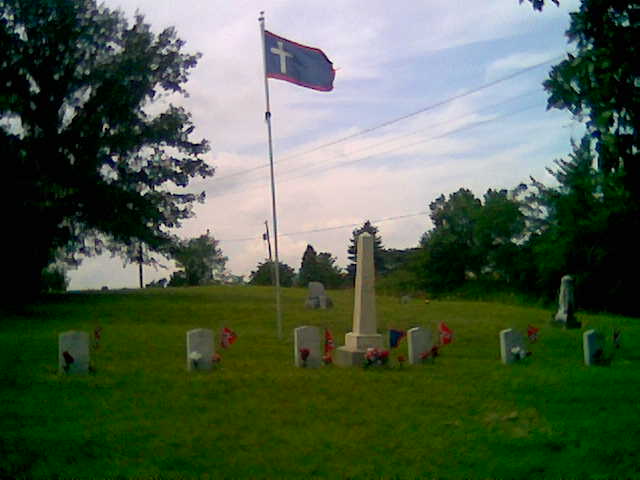

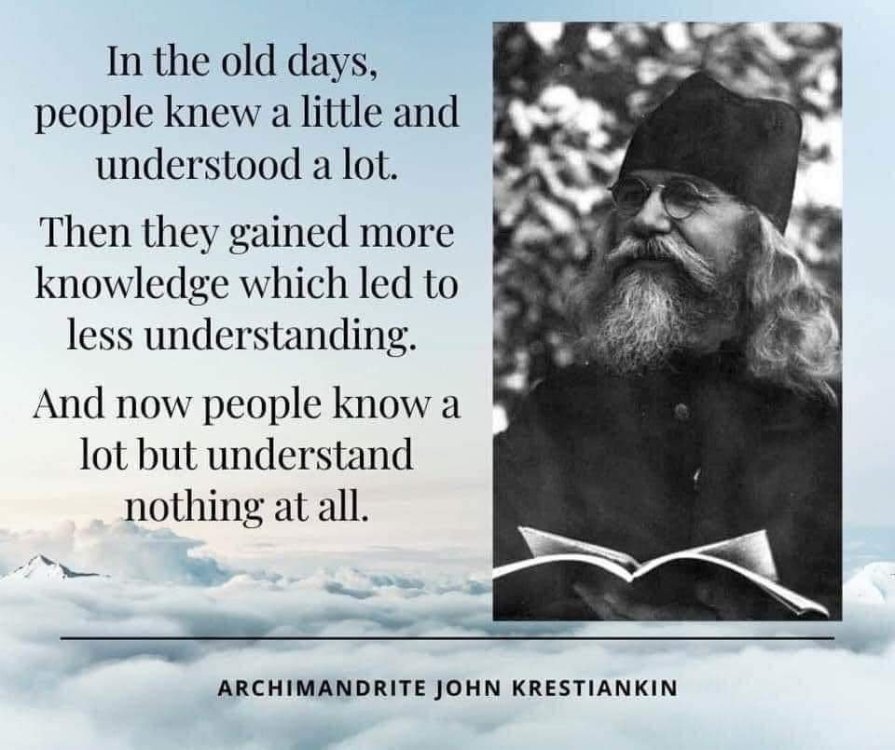
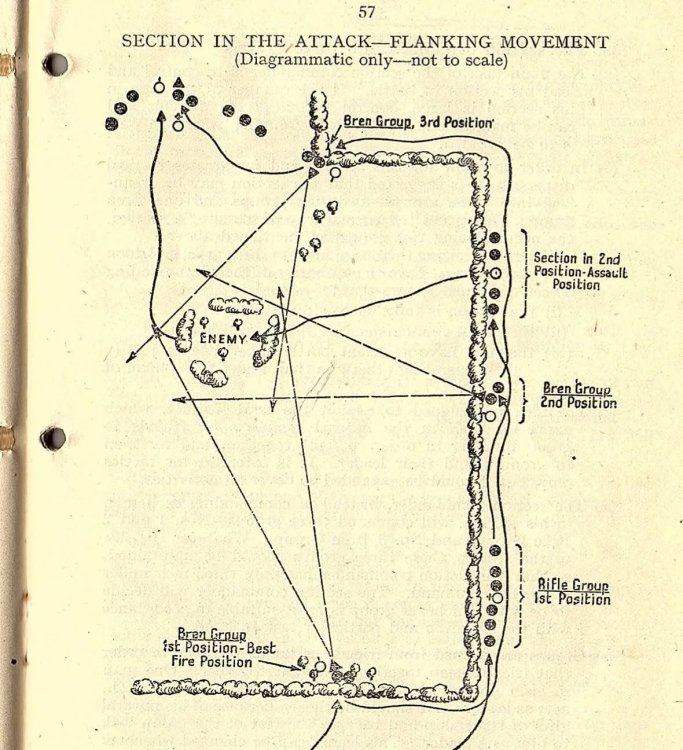


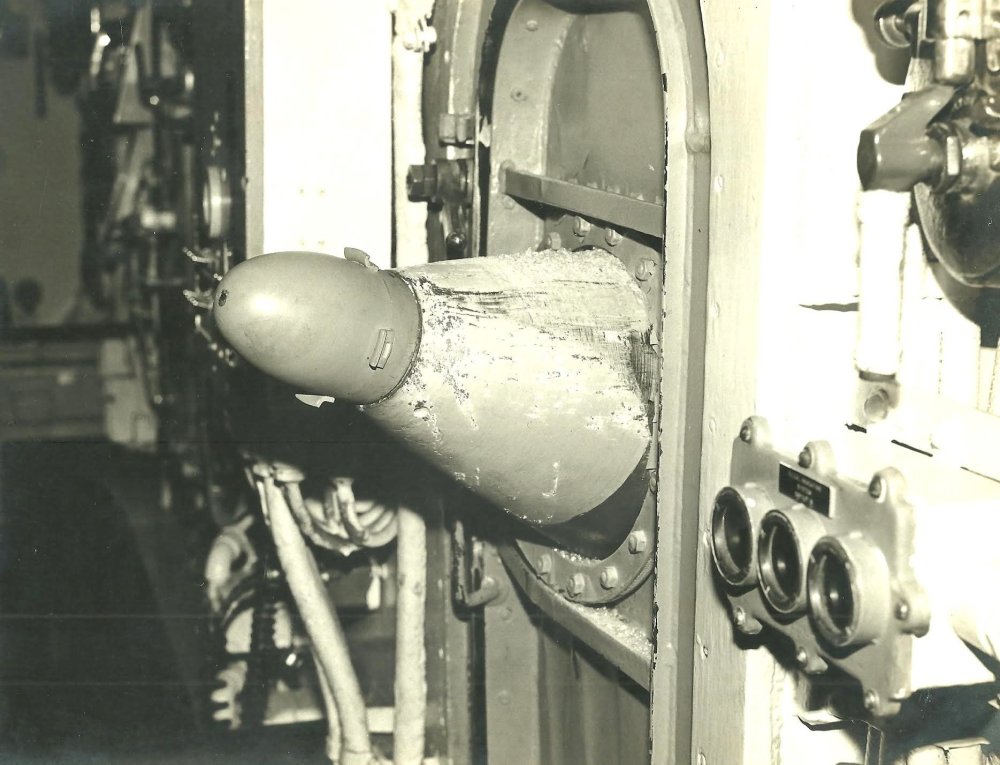

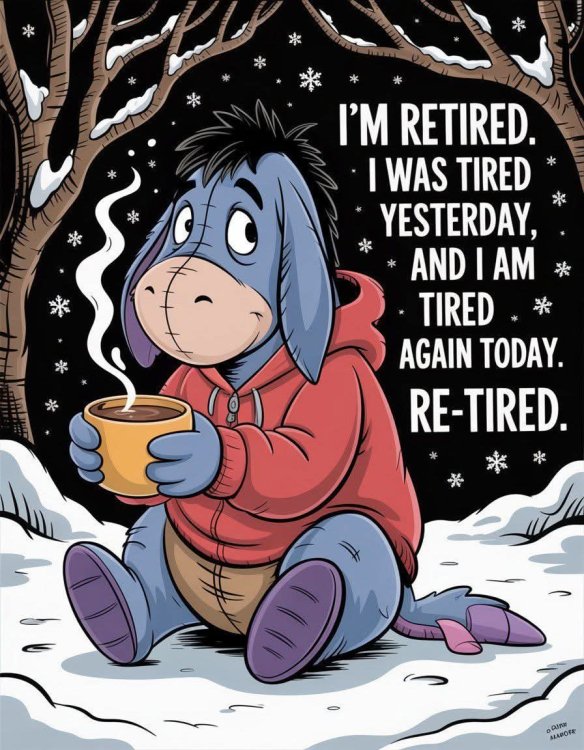
Ba-Dump Tissssh - Memes
in SASS Wire Saloon
Posted
The first version of that I ever heard was Burned Biscuits. Same basic story, breakfast rather than evening meal. Three lessons, well, four lessons. Everyone messes up now and then, it's not the end of the world if now and then you have food that isn't perfect, be thankful that you have food to eat, be grateful that someone cares enough to prepare food for you.